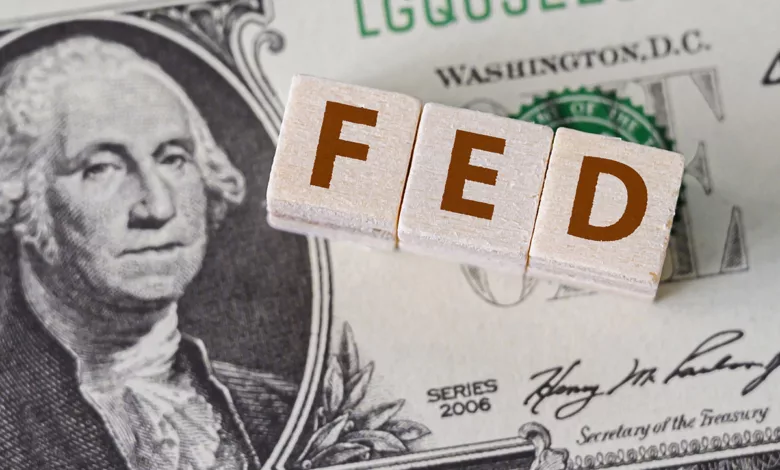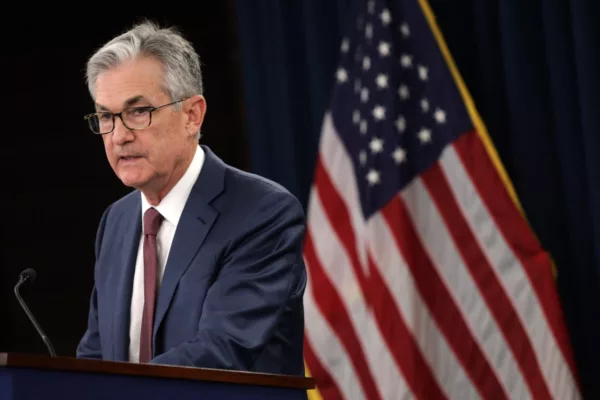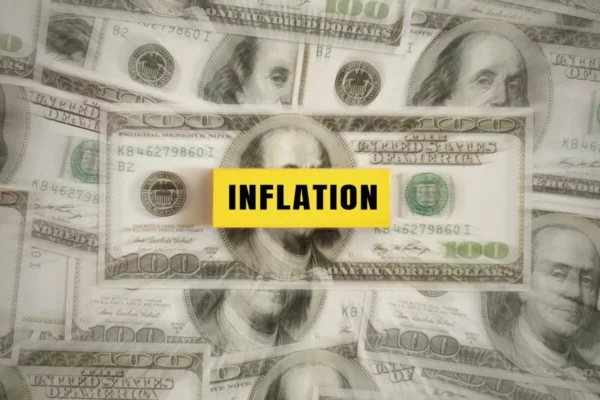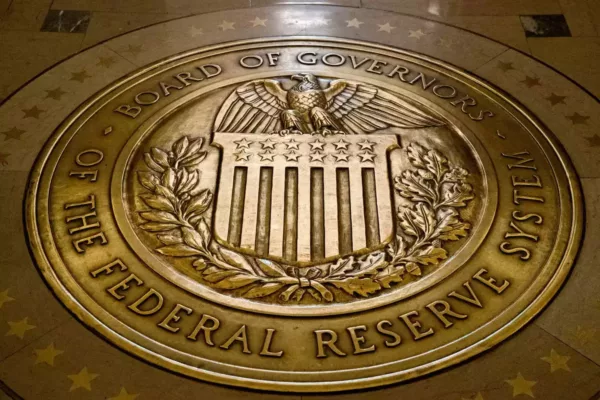Fed Argue Over What Will Drive Inflation: Salaries Or Employment Rate

Fed Argue Over What Will Drive Inflation: Salaries Or Employment Rate
As supply chain disruptions subside and interest rates restrain demand at 15-year highs, persistently high inflation is finally starting to decline. Now that labour markets are so tight, Federal Reserve officials have expressed concern that prices could increase again.
The question at hand is which method should be used to estimate inflation: a standard top-down examination of how much the economy is working above or below its usual capacity or a bottoms-up analysis of recent measurements on prices and wages that give more weight to pandemic-driven anomalies.
Some Fed employees, notably its influential personnel, emphasise the latter, which would support tighter policy for a more extended period. Others favour the first, which might help a kinder strategy.
Interest rate rises are anticipated to be stopped for the second meeting in a row when the Fed raises rates by a quarter of a per cent on Wednesday to a range of 4.5% to 4.75%. Officials would have more time to research the consequences of early rate increases. They will probably argue about how long to keep hiking rates and how long to maintain them at their current level.

The main models used by the Fed and economists in the private sector to forecast inflation compare the nation’s overall demand for goods and services with its total supply, or the “output gap.” “—the discrepancy between actual and potential GDP calculated using the available labour and capital. They also rely on the Phillips curve, which says that wages and prices will rise more quickly when unemployment falls below a certain natural, sustainable level.
Even in normal circumstances, it can be challenging to estimate these variables, much less amid a pandemic and a civil war. The only way to determine the natural unemployment rate is to observe how prices and wages behave. Officials from the Fed estimated it to be between 5% and 6% a decade ago. Still, they later reduced their estimate to about 4% when unemployment declined below 4% without much acceleration in wages.
According to Aneta Markowska, chief economist at Jefferies LLC, their December interest rates and inflation predictions imply that they believe the natural rate has momentarily gone up to about 4.8%. With unemployment currently at 3.5%, wage pressure is expected to remain strong due to the labour market being too tight.
According to the minutes of the Fed meeting held last month, the staff economists at the institution believe that because job-matching will continue to be inefficient, the natural rate may drop gradually. This suggests that price pressures may stay longer than previously thought.
Due to the weak labour force growth, the staff revised estimates of potential output downward, pushing actual work even higher than its sustainable level. The team predicted just a few weeks ago that this output gap would last until the end of 2024, an additional year.

It was a significant decision, “said Riccardo Trezzi, a former Federal Reserve economist who now owns a consultancy in Geneva. ‘You must not despair now since doing so will result in long-term inflation much beyond 2%,’ the staff advises the committee.”
However, Fed officials are cautious about placing too much weight on Phillips curves and production gaps. Many officials believe that salaries are a better indicator of underlying inflation pressure since they are likely to be the first to be affected by an overheated labour market. Wages show what workers expect given their own cost of living and what bosses believe they can recoup through prices or productivity.
Assuming productivity increases between 1% and 1.5% annually, if wages grow at their current rate of 5% to 5.5%, inflation would remain substantially beyond the Fed’s target of 2%.
Because of this, Fed policymakers increased their annual inflation predictions higher last month. Rising wage growth increases total incomes, giving consumers the purchasing ability to withstand higher costs. Officials are concerned that the tight labour market may cause paychecks to grow in lockstep with prices, as they did in the 1970s.
More signs of a possible softening in labour demand have emerged since last month’s meeting, including a fall in temporary hiring and hours worked. Reducing inflation to 2% would be simpler if wage growth dropped to 4%.
Increased employment would ease concerns about wages. The chief U.S. economist at UBS, Jonathan Pingle, thinks that if immigration picks up, there may be less of a labour shortage. The Census Bureau released figures last month that showed net immigration for the year ending in June above 1 million for the first time since 2017.
The Fed constantly monitors the employment-cost index since it is the complete indicator of wage increases. On Tuesday, the fourth-quarter result will be made public.
As measured by the 12-month increase in the inflation figures of personal consumption expenses without food and energy, inflation fell from 5.2% in September to 4.4% in October. In the past three months, it has softened to an annualised 2.9%, which is still more than the Fed’s 2% target.
Because things are becoming less expensive, inflation is slowing. Large price gains have slowed, although they still need to be reflected in official pricing indices. To focus on a smaller group of labour-intensive services, Fed Chair Jerome Powell and many other members recently excluded prices for food, energy, shelter, and products.

Mr Powell claims that prices in this category, which rose 4% in December compared to a year earlier, are the clearest sign of rising wage costs transferring to higher retail prices. Fed Vice Chair Lael Brainard offered a more positive reevaluation of that perspective in a lecture this month, outlining plausible explanations for why there might be weaker connections between wages and prices for non-housing service costs.
She emphasised the likelihood that price increases will slow down if caused by the rippling effects of recent global disruptions that are now turning around, as opposed to wage growth. For instance, if rising food, auto, and fuel prices have mainly contributed to increases in the cost of restaurant meals, auto insurance, and airfare, these costs may decrease.
It gets more challenging to construct a tale where you’re going to be seriously concerned about a wage-price spiral forming if wage pressures are easing on their own, “said UBS’s Mr Pingle.
Former Fed economist John Roberts stated that he believes there is some room for lowering non-wage costs to lessen the pressure on services inflation. However, in the medium term, I must rely on Powell’s claim here, “said he. “They will still experience an inflation issue if pay growth continues to be as high as it has been.”
Edited by Prakriti Arora




